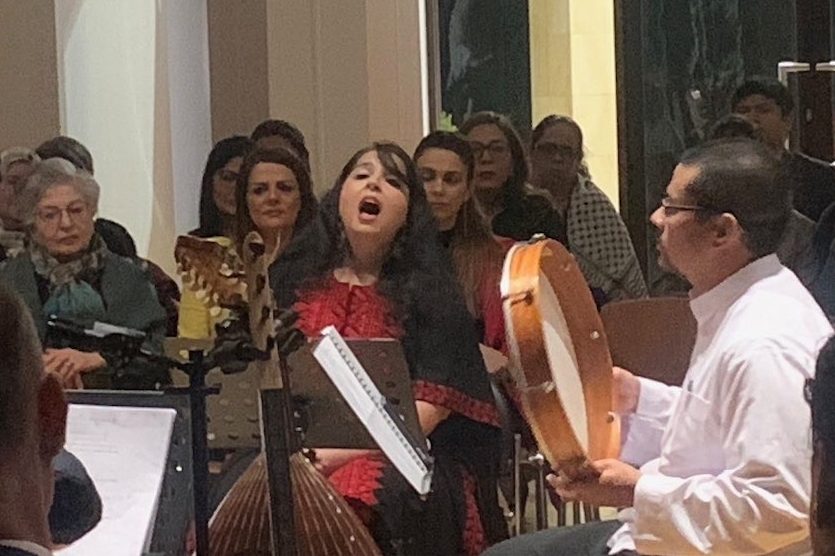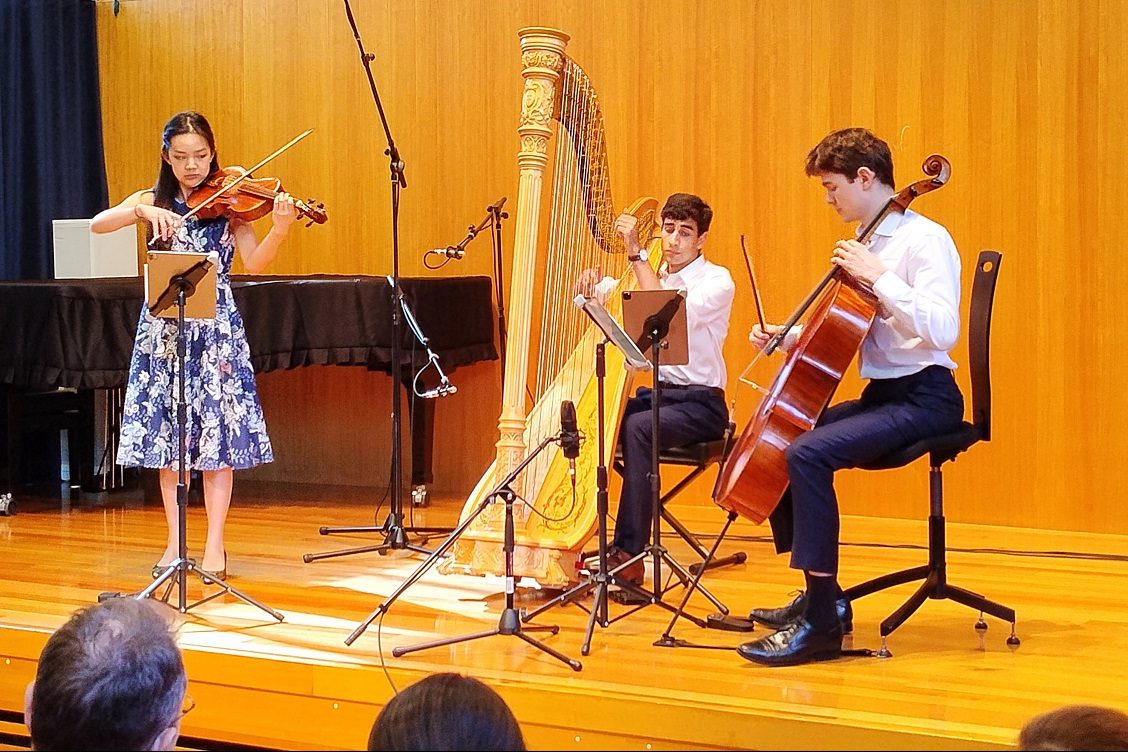
After two short movements, the adagio sang of beauty through a clear singing melody. The quality of a great composer shone through the refined playing of Skye McIntosh on violin, who is the director of the Australian Haydn Ensemble, Simone Slattery, violin, Anthony Albrecht, cello and James Eccles on viola, who all play period instruments. This fine work from the young Haydn set up the concert for a special performance.The oboist Amy Power joined the violin, viola and cello for Mozart’s “Oboe Quartet K. 370 in F major”. This three-movement work that opens on all instruments, illustrates how well the oboe stands out and why it’s used to tune the orchestra. Some of Mozart’s best writing included the oboe, and this piece was no exception.
The light and playful nature of this work is a testament to just how clearly Mozart writes music. The slow movement lets the oboe’s voice shine through and lead the group among some wonderfully articulated writing that was perfectly pitched by all players.
The Australian Haydn Ensemble play faultlessly and they work together so well, whether it’s in this or a larger format. They made this Mozart work a treat for everyone.
The Polish composer Johann Gottlieb Janitsch, who is not widely known today, spent much of his life working in the service of the Prussian court. His “Oboe Quartet in G minor”, was one of two pieces he wrote in memory of his deceased son. The melodious and plaintive first movement captures with its raw beauty of sound.
The second movement equalled the first in all aspects. Throughout these two movements, there is a constant quaver drive on the cello that energises this work. The third movement is based on a medieval poem titled “O Sacred Head, now wounded”, its beauty is indescribable. While each instrument gets a unique voice in this quartet, they played like one to produce an exquisite experience. This was the standout piece of the night.
Another hunt-like work was played for the final piece, which was Mozart’s “String Quartet ‘The Hunt’ K. 458 in B Flat Major”. There is a distinctive echoing of motives in the first movement that bounces around all instruments; the players handled these so well.
After the emotional Janitsch piece, this string quartet felt dry, but it never lacked in quality by either the composer, or the musicians who play in this exceptional ensemble.
Who can be trusted?
In a world of spin and confusion, there’s never been a more important time to support independent journalism in Canberra.
If you trust our work online and want to enforce the power of independent voices, I invite you to make a small contribution.
Every dollar of support is invested back into our journalism to help keep citynews.com.au strong and free.
Thank you,
Ian Meikle, editor




Leave a Reply